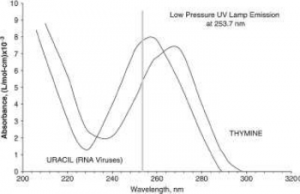Characterization of UV Radiation Sources
Characterization of UV Radiation Sources
Article published in number 82 of the LED-Professional Review magazine, November&December 2020 edition.
Since the beginning of this unfortunate situation caused by the COVID-19 virus, many companies, research centers and lighting designers have adopted UV radiation as a new tool in their projects and research. For a reasonable prediction on the amount of potentially germicidal energy, we have to guarantee proper measurements and especially, spatial distribution. Marc Ballbè, Technical Director at Asselum Luminotècnics, S.L. will explain the complexity of this task and show how to use it correctly for meaningful and reproducible results.
Applications in the disinfection of pathogens with UVC radiation sources have proven effective in multiple activities. Frequently, the chosen radiation sources have been low pressure mercury lamps thanks to their spectral emission at 253.7 nm, very close to the maximum sensitivity peak of DNA and RNA [1]. UV Led technology has not yet entered with force due to its low efficiency, but it is expected that in the next few year its performance will increase considerably and may become the choice when designing UV radiation equipment. The article will just not explain what else to consider, but also give hints on the requirements of equipment and how to transform the knowledge from visible light measurement to the UV domain.

Figure 1: Uracil absorption spectrum compared to that of thymine and the wavelength peak of low pressure mercury [1].
UV Radiation Sources Tests
Since before the global pandemic, the characterization of UV radiation equipment for disinfection was very simple. Most of the time, one-off measurements were made in the equipment facility itself at its usual location, rather than in a laboratory.
The data that we can find in a commercial data sheet of a UV lamp or UV complete equipment is the radiant flux (W) (the radiant flux is the amount of electromagnetic energy per unit of time, not to be confused with the power consumed). In some cases, some irradiance values are also included (They are expressed in W/m² or mJ/cm²s) indicated at a specific distance.
[…][/et_pb_text][et_pb_button button_url=”https://asselum.com/wp-content/uploads/uv-radiation-led-professional-68-to-71-1.pdf” button_text=”READ FULL ARTICLE” _builder_version=”4.0.10″ hover_enabled=”0″][/et_pb_button][et_pb_button button_url=”https://www.led-professional.com/lpr-magazine” button_text=”READ MAGAZINE” _builder_version=”4.0.10″][/et_pb_button][et_pb_text _builder_version=”4.0.10″]
About LED-Professional, the global information hub for lighting technologies
[/et_pb_text][et_pb_text _builder_version=”4.0.10″]Information about the publisher of LED professional – Luger Research e.U:
Luger Research – Institute for Innovation & Technology, located in Dornbirn, Austria, was founded in 2001 by Siegfried Luger. His idea was to focus on three business areas to support green and especially LED lighting technologies.
Based on their know-how in the areas of technology, consultancy and research as well as 25 years of experience in the lighting industry, the LED-Professional publications came to life in 2006. The idea here was to provide the lighting industry with comprehensive information about Solid State Lighting.[/et_pb_text][/et_pb_column][/et_pb_row][/et_pb_section]


